Pubs are open and lockdowns are behind us. But the UK drinks industry must now face up to a cost of living crisis. So is there any reason for optimism in the face of this new storm?
Is the UK drinks industry’s glass half full or half empty? It’s not an easy question. On the one hand, off-trade sales have plunged. The top 100 alcohol brands are down £1.5bn combined [NielsenIQ 52 w/e 30 April 2022], with more than two-thirds in value decline.
On the other hand, those 100 brands are still faring better than pre-pandemic – up £1.6bn on the £10.2bn reported in Britain’s Biggest Alcohol Brands 2019. That’s despite hospitality having been fully reopened for all but two of the 52 weeks in this year’s data.
And looking ahead, there’s still the chance to cash in on summer, the World Cup and a Christmas free from threats of lockdown.
So, what’s the outlook for the off-trade in the coming 12 months? Whose glass could flow over? And whose will run dry?
Ian Peart, Pernod Ricard UK commercial director, is cautiously optimistic about the future. Booze’s decline in grocery is “a negative trend, which we haven’t seen for an awful long time” he acknowledges. “But structurally, this is massively impacted by the on-trade bouncing back. At a total trade level, the market is almost fully recovered. It won’t be long before we get through that lapping effect and it normalises.”
Read more:
-
The 100 most popular booze brands in the UK 2022
-
Champagne sales sinking as shoppers balk at high prices
-
The challengers to the top 100: who’s up next?
What’s more, Barhatch & Box founder Chris Ellis sees a clear opportunity for growth. “You might have a brand that is down compared to last year, but across a three-year period is up significantly compared to what they might have imagined, and that creates funds for investment,” he says.
Grocery sales may also be buoyed by the cost of living crisis. On-trade prices have soared in recent years: the average price of a pint is up 70% since 2008, according to insight provider CGA. So Brits may be more likely to drink at home as they feel the pinch.
Of course, not all drinks will be affected in the same way. And the outlook differs dramatically between beer, wine and spirits.
Wine & spirits
Best placed right now in grocery are winemakers, suggests Accolade Wines EU marketing director Tom Smith. “We’re seeing the category as a whole in decline, but not so much as others,” he says. That’s partly down to wine’s percentage of sales in the on-trade being lower than beer’s and spirits’.
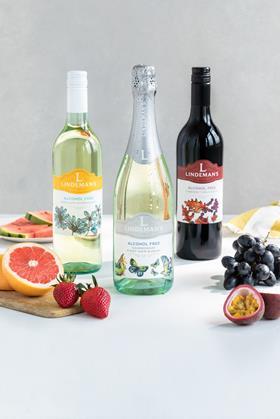
However, many wine suppliers will be dreading the new year, when the government’s shake-up to the alcohol duty system is expected to kick in.
“It was positioned as a good thing for the whole of the industry, and it might be simpler, but it is quite punishing to the wine category as a whole – anything above 11.5% abv is going to be hit with more tax,” Smith adds.
Under the proposed system, which links duty more closely to alcohol content, a 12% abv bottle of still wine will go up 10p before VAT, while a 15% abv bottle could see its duty burden increase 68p, the Wine & Spirit Trade Association estimates. “What looks like a flat line on a graph is actually about 27 different payment points,” says WSTA CEO Miles Beale, who warns the system will create “a costly ball of red tape”.
For spirits – which tend to hover around the 40% abv mark – it will be less complicated. It’s further good news for the category, which saw significant off-trade growth during Covid. At the height of the pandemic, shut-in Brits were “dialling up their inner Tom Cruise and dusting down the cocktail shakers” says Peart.
This has had a lasting effect. “We think about 50% of all households in the UK now have a cocktail shaker,” he explains.
Admittedly, Pernod Ricard’s brands haven’t all benefited in the past year. Beefeater is down 30.8% in value, Absolut has fallen 10.6%, and there has been a 1.9% decline in sales of Malibu and Jameson. However, it’s important to note the latter’s £69.9m value is almost double the £39.6m reported in 2019.
Other spirits brands have continued growing even in the latest year. More than a dozen big names in this list have increased sales. That includes Smirnoff, JJ Whitley and Johnnie Walker, which have added a combined £55.9m. Meanwhile, Rémy Cointreau has this month reported a 39.9% rise in operating profits for the year to 31 March 2022.
That extra cash will come in handy as inflation bites the spirits market. “Cost of goods across the board are up a minimum of 15%,” says Doghouse Distillery founder Braden Saunders. “Glass is up 20%. Energy 30%. You’ve either got to pass it on or suck it up.”
Sucking it up to some extent will be vital – especially for smaller brands – Saunders suggests. An attractive price point is “critical to growth” he says, which means absorbing commodity spend should be considered “an investment in marketing”.
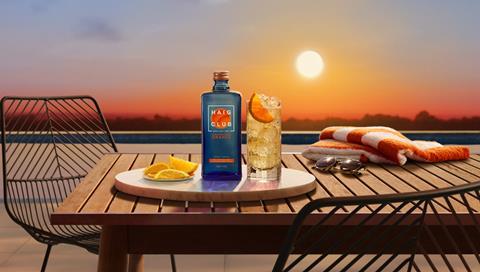
Premium beer
In beer, the possibility of higher prices are less of a worry – at least if the performances of Beavertown and Staropramen are anything to go by. Both have grown value 17.6% despite their more premium price points. Similarly, costlier Asahi Super Dry is up 9.1%. Asahi UK marketing director Sam Rhodes is convinced premium beer will continue to do well despite the inflationary environment. He believes shoppers will reduce basket size rather than trade down. “People are still going to allow themselves an affordable luxury if they want to drink at home – and maybe some on-trade occasions will be replaced by off-trade,” he points out.
The latter point could prove particularly pertinent to the big event of the year for beer brands: the World Cup. With this year’s tournament scheduled to take place in the run-up to Christmas, “the on-trade is going to be strained from a capacity point of view” says Ellis. So, shoppers could end up hosting parties at home instead.
Accurate predictions
Still, brewers must approach the combination of football and festivities with caution, Ellis warns. “They’ve either got a massive supply chain crisis or opportunity, depending on how good at forecasting they are.”
England’s performance will be crucial to those forecasts. A run to the tournament’s final could drive sales higher than expected and “there will not be enough time to produce more [beer]. Hence you’ll miss out on Christmas,” Ellis warns.

But if the Three Lions fail to pass the group stage, “suddenly there’s massive oversupply to clear in December and the only solution is to deep discount or carry huge stocks into January, killing your cash flow”.
Chaos in the BWS aisle could be further created by a clash of promotional activity. Brewers will likely be after the biggest slots during the World Cup, which will take a bite out of spirits’ offers for Christmas – which typically run from the last week of October.
The problem with trying to accurately foresee these months is there is no recent point of comparison – not even the recession of 2008.
“I don’t think it’s comparable because government was pulling completely different levers at that point, putting lots more cash and liquidity into the economy,” says the WSTA’s Beale. “We’re telling suppliers to be as prepared as they can for the things they know are coming, rather than the things they don’t.”
In short, the category’s glass is both half empty and half full – depending on how you look at it.
Britain’s biggest alcohol brands 2022: is the industry’s glass half-full or half-empty?
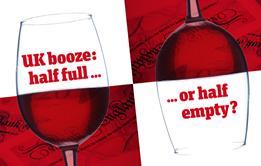
Pubs are open and lockdowns are behind us. But the UK drinks industry must now face up to a cost of living crisis. So is there any reason for optimism in the face of this new storm?
 Currently
reading
Currently
reading
Britain’s biggest alcohol brands 2022: is the industry’s glass half-full or half-empty?
- 2
- 3


















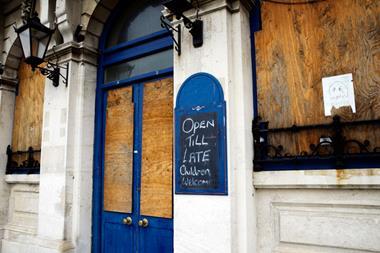
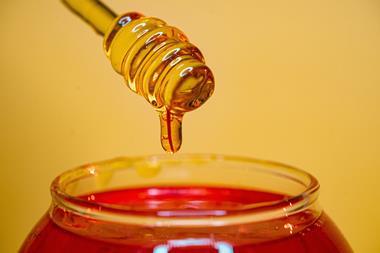
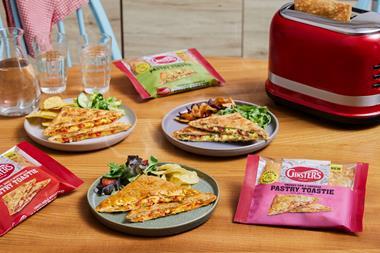

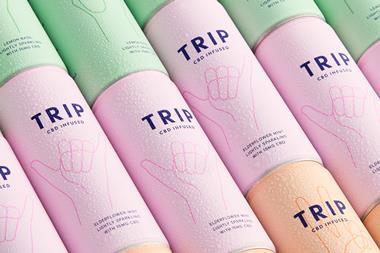
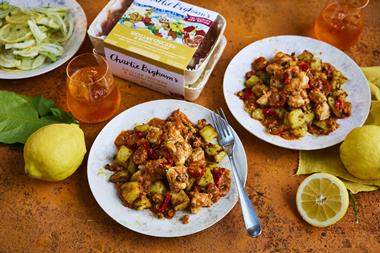
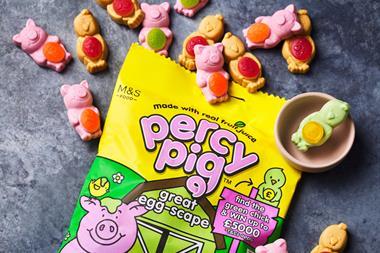
No comments yet